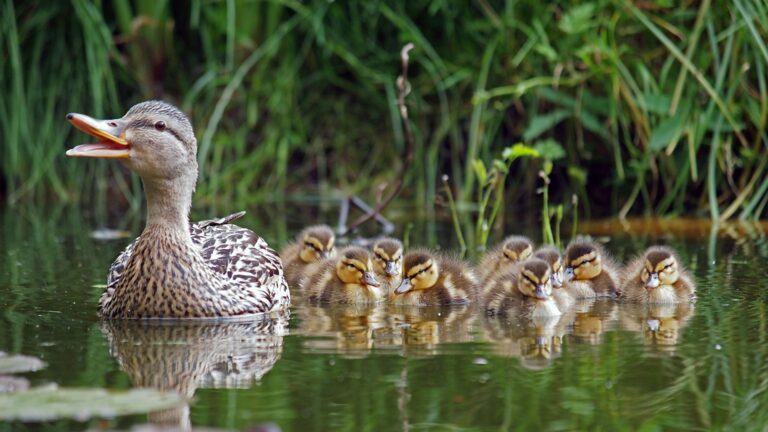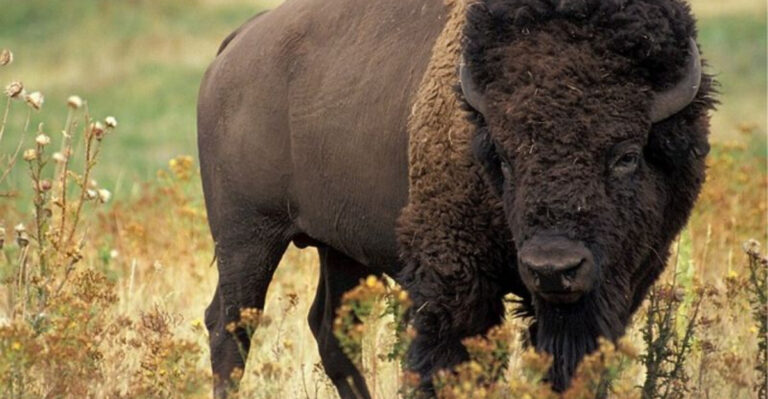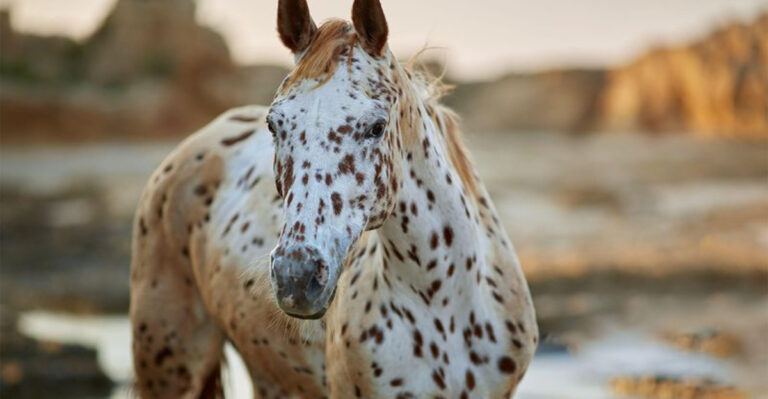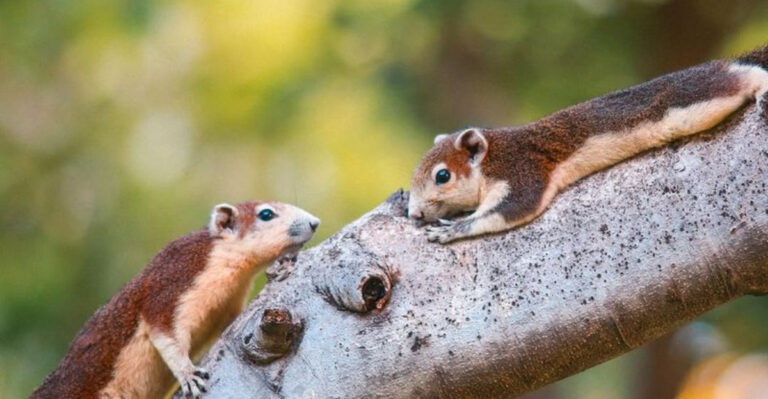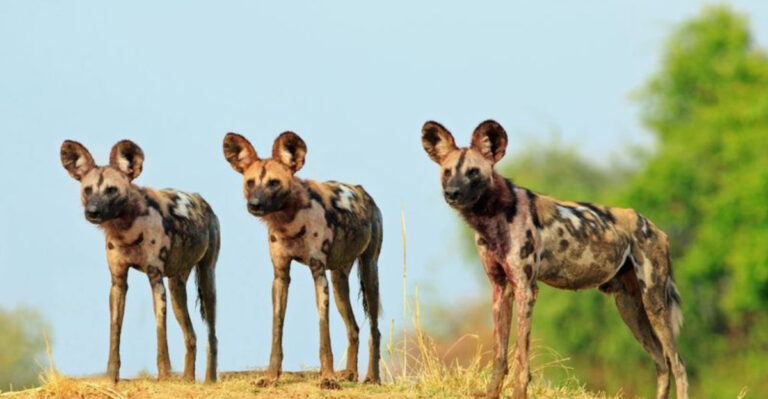15 Wild Animals With Kind Hearts (But They’re Not Meant To Be Pets)
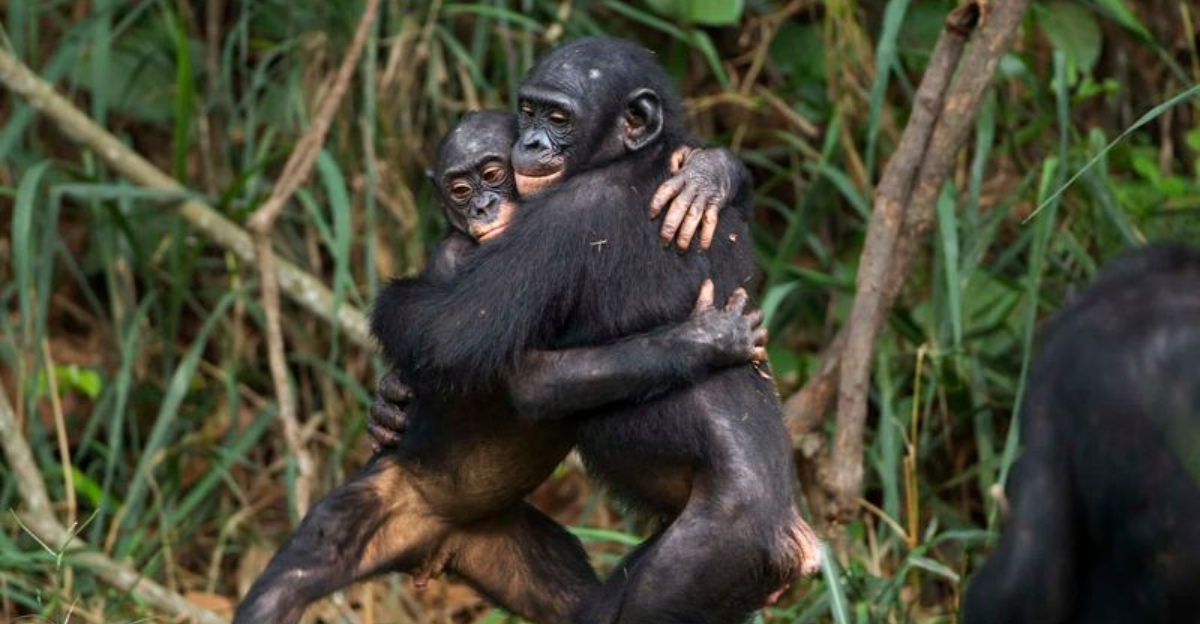
Wild animals often captivate us with their unexpected displays of compassion and kindness. From gentle giants of the savanna to intelligent marine creatures, some species show remarkable empathy toward their own kind and even other animals.
While these heartwarming behaviors might make them seem like perfect companions, these wild creatures belong in their natural habitats, not our homes.
1. Wolves: Loyal Pack Leaders
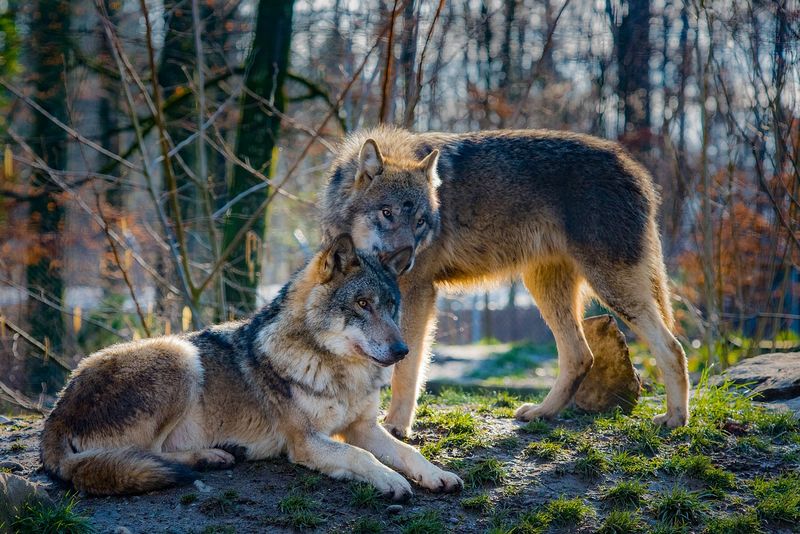
Contrary to their fierce reputation, wolves demonstrate remarkable family values. Pack members care for injured companions, share food with nursing mothers, and babysit each other’s pups.
Their complex social structure revolves around cooperation rather than dominance. When a pack member returns after separation, others greet them with enthusiastic licks and playful jumps – a heartwarming reunion ritual that strengthens their bonds and ensures survival in harsh wilderness conditions.
2. Orangutans: Forest Philosophers
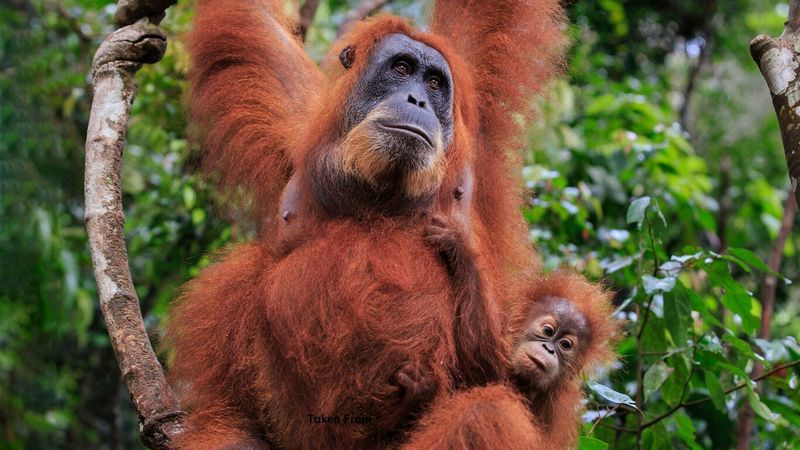
Sharing 97% of our DNA, orangutans exhibit astonishing compassion. Mothers devote 8 years to raising a single infant, teaching complex survival skills with remarkable patience.
These red-haired apes fashion tools, use medicinal plants, and construct elaborate rain shelters. Female orangutans have been observed adopting orphaned babies from other mothers – a rare behavior in the animal kingdom that showcases their capacity for empathy and altruistic care beyond immediate family.
3. Gorillas: Gentle Giants
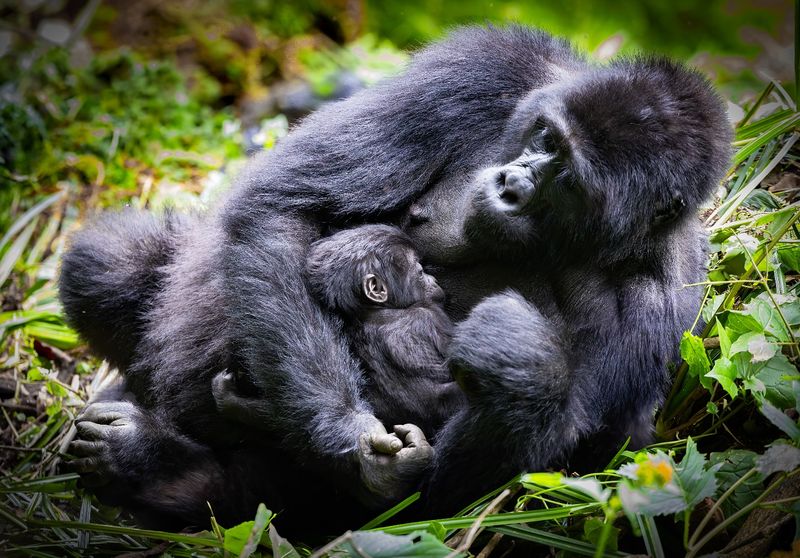
Behind their intimidating appearance, gorillas harbor surprisingly tender souls. Silverback males fiercely protect their families while showing remarkable gentleness toward infants.
Koko, a famous gorilla who learned sign language, once adopted a kitten, named it “All Ball,” and cared for it like a baby. When the kitten died accidentally, Koko signed “sad” repeatedly. These intelligent primates form complex emotional bonds and have been known to risk their lives protecting humans who fell into their enclosures.
4. Elephants: Memory Masters With Massive Hearts
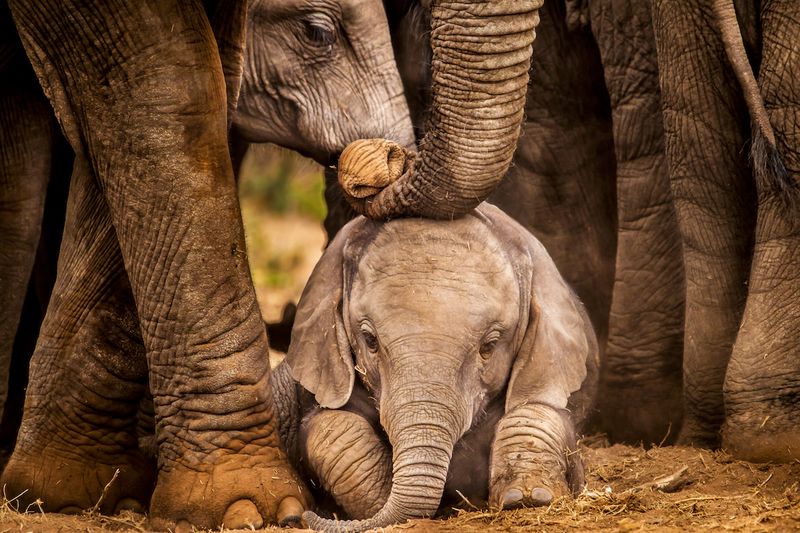
Elephants mourn their dead, comfort distressed herd members, and even recognize old friends after decades apart. These emotional giants form deep family bonds that last a lifetime.
Researchers have documented elephants returning to the bones of deceased relatives, gently touching them with their trunks in what appears to be a form of grief ritual. Their extraordinary empathy extends beyond their species – they’ve been observed protecting injured animals and humans.
5. Dolphins: Ocean’s Compassionate Intellects
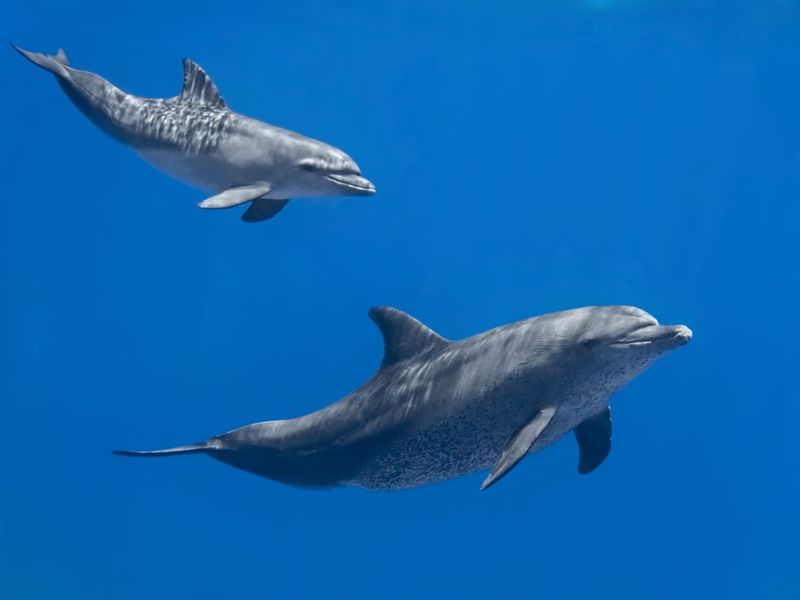
Dolphins routinely support sick pod members, lifting them to the surface to breathe. Their altruism extends beyond species boundaries – numerous accounts exist of dolphins protecting humans from shark attacks.
These marine mammals possess self-awareness, recognize themselves in mirrors, and call each other by unique whistles that function as names. A dolphin named Winter even formed a remarkable bond with a disabled child, inspiring the movie “Dolphin Tale” and demonstrating their extraordinary capacity for cross-species empathy.
6. Crows: Feathered Problem-Solvers With Long Memories
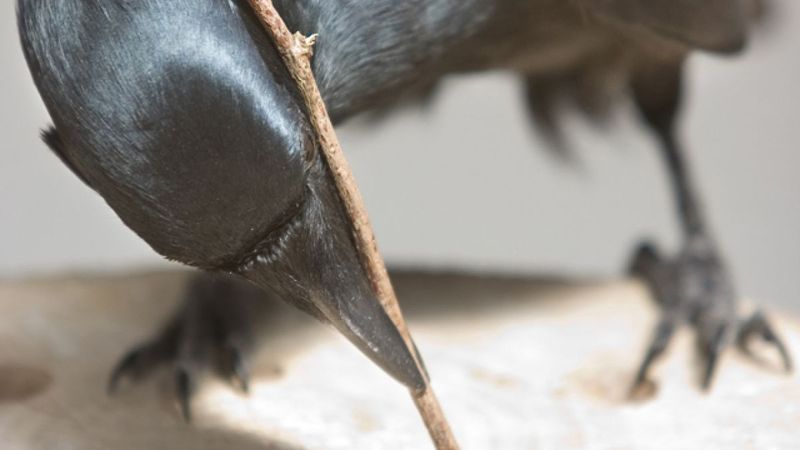
Crows remember human faces for years, holding grudges against those who wronged them while bringing gifts to humans who show kindness. These brilliant birds conduct funeral rituals for fallen companions.
Scientists have documented crows dropping nuts in traffic intersections, waiting for cars to crack them open, then retrieving the food during red lights. They fashion tools, solve complex puzzles, and teach these skills to their young – displaying intelligence rivaling that of great apes despite their tiny brains.
7. Bonobos: Peace-Loving Primates
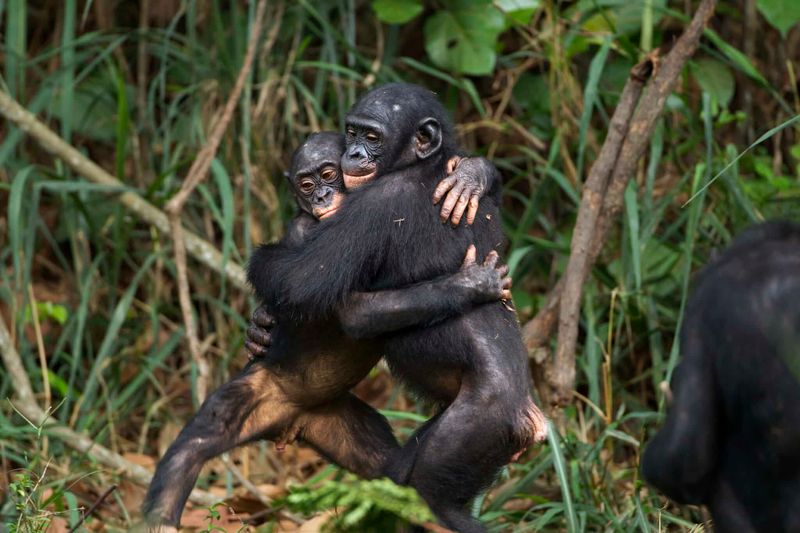
Often called “hippie apes,” bonobos resolve conflicts through affection rather than aggression. Unlike their chimpanzee cousins, these matriarchal societies rarely engage in violence.
Female bonobos form strong alliances, sharing food and caring for each other’s offspring. These endangered primates show remarkable empathy – in laboratory settings, they voluntarily share food with strangers and help others without expectation of reward. Their peaceful nature makes them fascinating subjects for understanding the evolution of cooperation.
8. Capybaras: Nature’s Chillest Companions
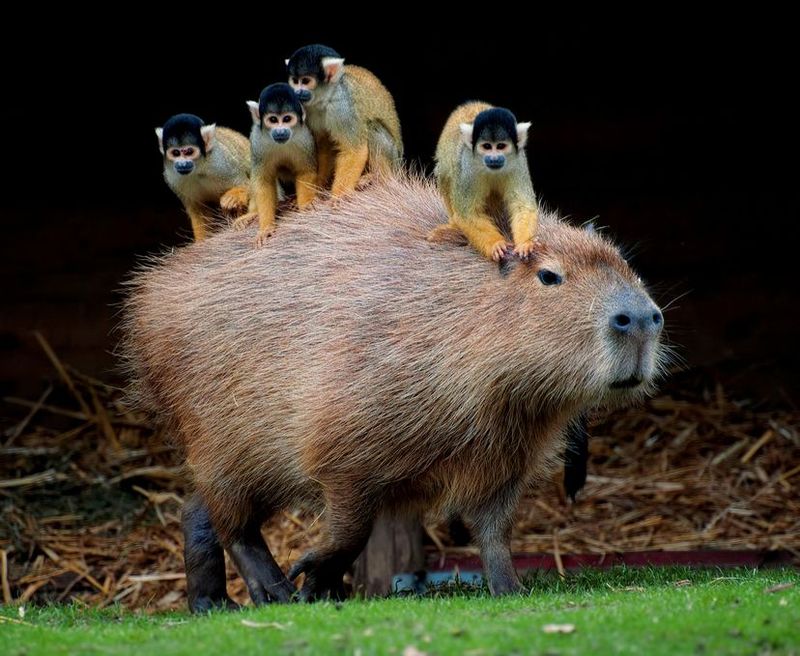
Nicknamed “nature’s ottoman,” capybaras allow birds, monkeys, and even crocodiles to rest on their backs without showing aggression. These giant rodents radiate zen-like calm in any situation.
Living in groups of 10-20, capybaras communicate through purrs, clicks, and whistles. They’re so naturally peaceful that other animals instinctively trust them – a remarkable achievement in predator-filled habitats. At Japanese zoos, they’re often seen relaxing in hot springs, cucumber slices placed on their heads like spa guests.
9. Manatees: Slow-Moving Sea Angels
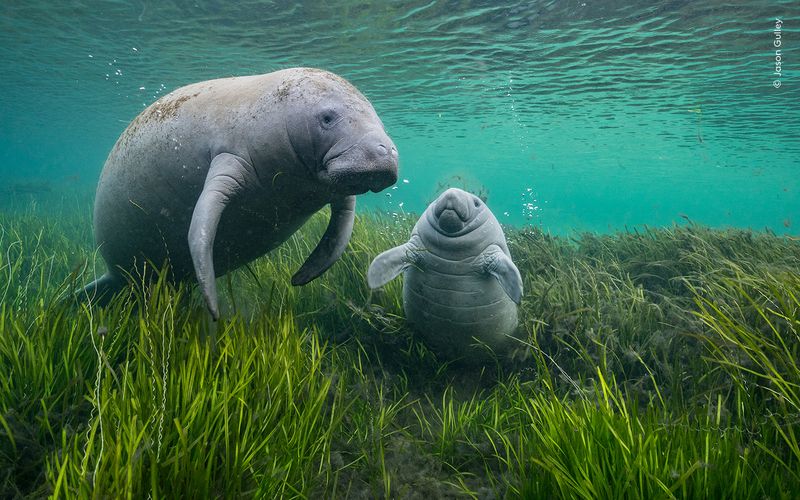
Despite their massive size, manatees are botanical vegetarians without a single predatory bone in their bodies. These marine mammals swim peacefully among humans, displaying curious and gentle temperaments.
Ancient sailors mistook them for mermaids, perhaps enchanted by their serene nature. Manatee mothers nurse their calves while cradling them in their flippers, forming bonds that last several years. When water temperatures drop, they huddle together for warmth, creating floating islands of blubbery companionship.
10. Bats: Misunderstood Night Nurses
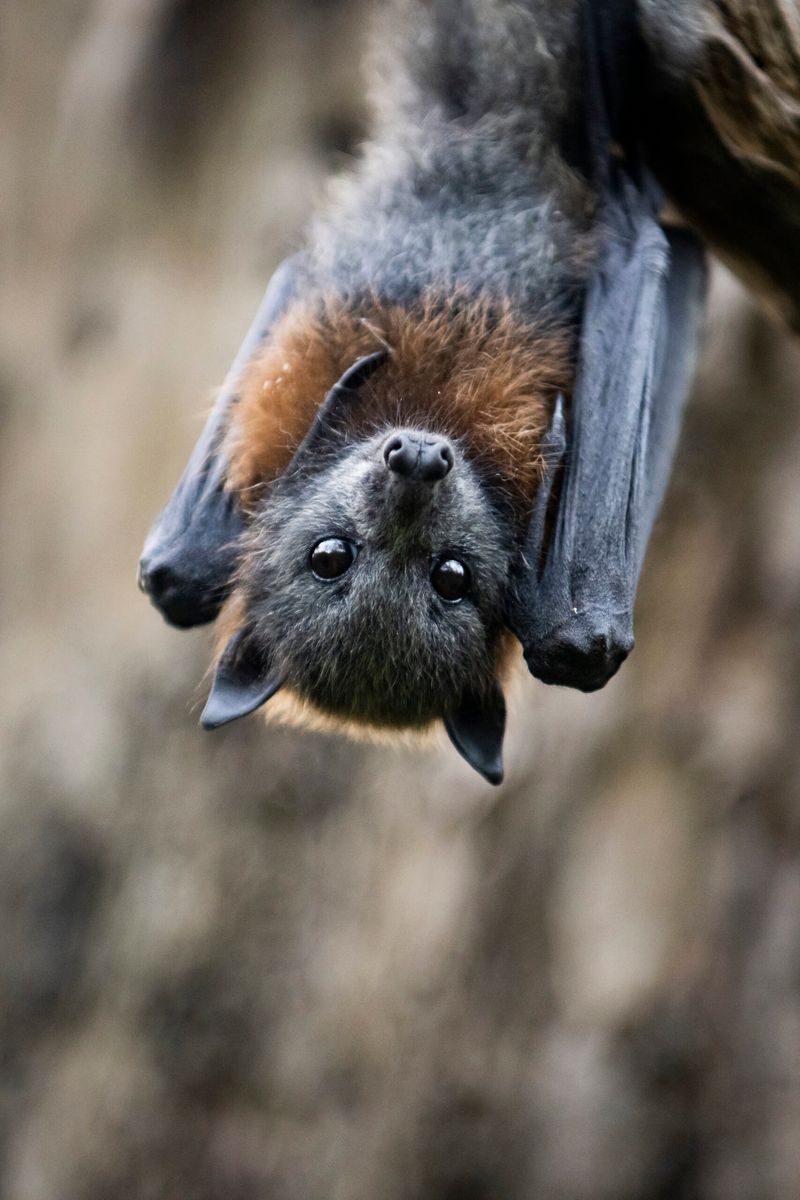
Behind their spooky reputation, bats display remarkable compassion. Vampire bats share blood meals with hungry roost-mates who failed to find food, remembering past generosity and returning favors.
Mother bats recognize their pups among thousands by unique scent and calls. They’ve been observed adopting orphaned babies and teaching them to fly. These night flyers groom each other socially, strengthening colony bonds. Without their pollination and pest control services, ecosystems would collapse – truly unsung heroes of biodiversity.
11. Giraffes: Towering Daycare Providers
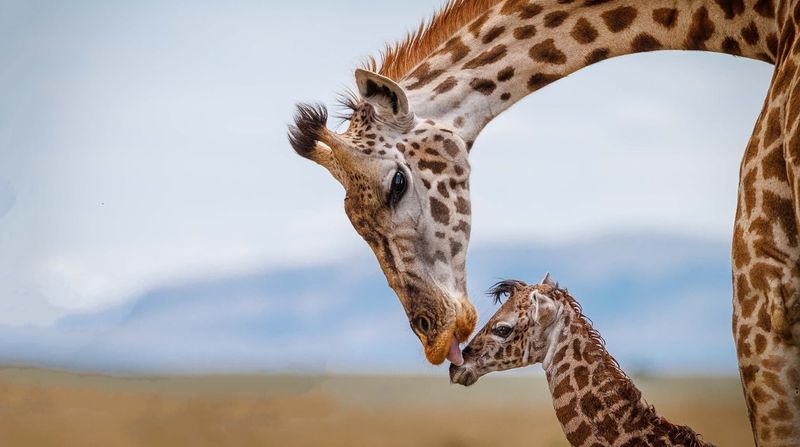
Giraffe mothers establish “calving pools” where they take turns watching over each other’s babies while others feed. This cooperative childcare system shows remarkable trust and social intelligence.
When resting, giraffes often lay their heads on each other’s bodies – a touching display of companionship. Their gentle eyes, fringed with extraordinary eyelashes, seem to reflect a calm wisdom. Despite their massive size, they move with graceful gentleness, carefully navigating around smaller creatures without causing harm.
12. Octopuses: Eight-Armed Enigmas
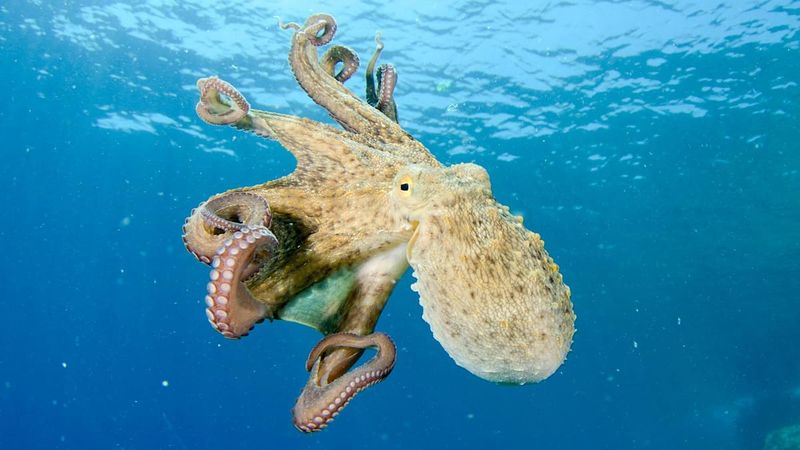
These solitary geniuses recognize human faces, solve puzzles, and use tools – all with a brain wrapped around their esophagus. Octopus mothers display extraordinary dedication, guarding their eggs without eating for months until death.
An octopus named Otto at a German aquarium was observed throwing rocks at annoying lights and squirting water at visitors who disturbed him. Another regularly escaped its tank to raid neighboring exhibits for food. Their problem-solving abilities and emotional complexity challenge our understanding of intelligence.
13. Raccoons: Masked Problem-Solvers
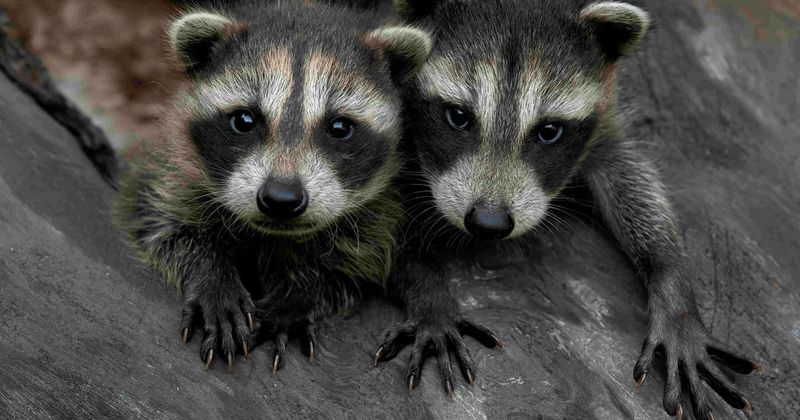
Behind those bandit masks lie surprisingly sophisticated minds. Raccoons remember solutions to tasks for years and pass knowledge to their young through demonstration rather than instinct.
Mother raccoons are fiercely dedicated, carrying kits by the scruff when danger threatens. They’ve been observed washing food before eating – not actually cleaning it, but wetting their paws to enhance tactile sensitivity. Their dexterous front paws contain four times more sensory receptors than their back paws, rivaling human hands in sensitivity.
14. Parrots: Feathered Empaths
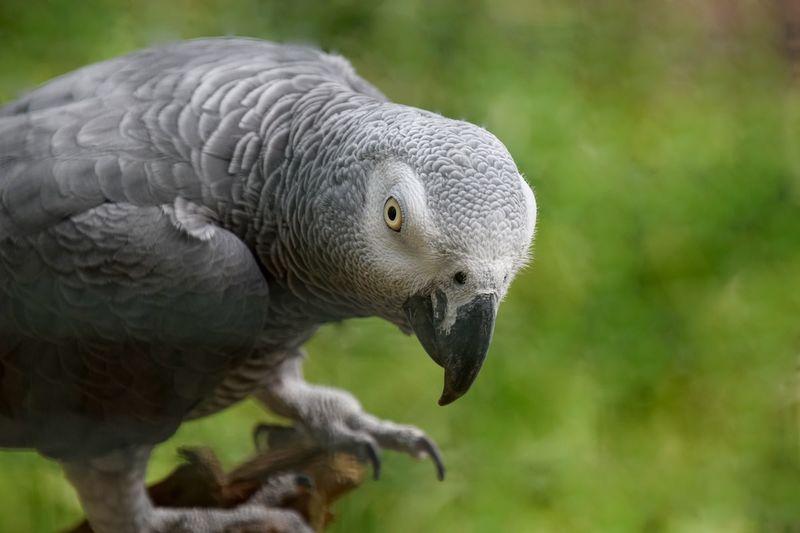
African grey parrots not only mimic speech but understand concepts like shape, color, and number. They form lifelong pair bonds and mourn deeply when separated from companions.
Alex, a famous African grey studied by Dr. Irene Pepperberg, had a vocabulary of over 100 words and could identify objects by color and shape. When sick, these birds are often comforted by mates who bring them food and preen their feathers. Their emotional intelligence rivals that of a 5-year-old human child.
15. Bears: Surprisingly Tender Protectors
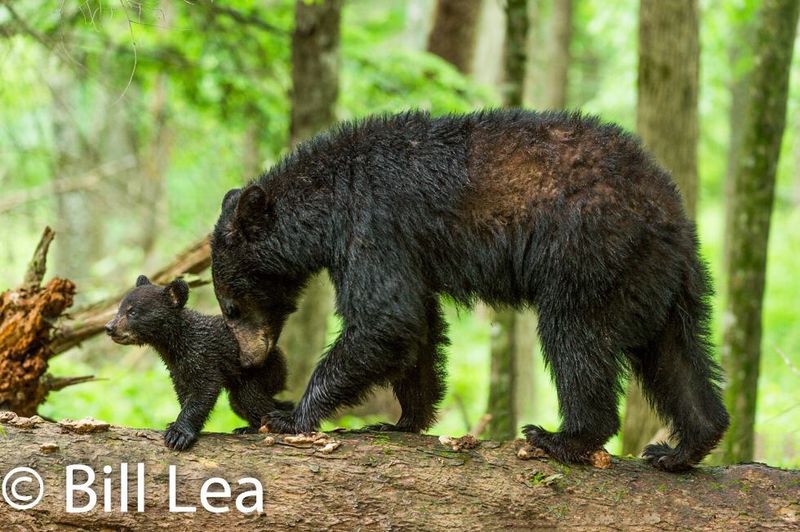
Despite their fearsome reputation, bear mothers show extraordinary gentleness with cubs. They spend years teaching young ones to fish, find berries, and navigate their world with patient guidance.
Bears have been documented adopting and raising orphaned cubs from other mothers – a rare behavior that demonstrates their capacity for altruism. Their powerful memory allows them to remember kind humans years later. When hibernating, mother bears give birth and nurse cubs while never fully waking – an astonishing feat of multitasking.

